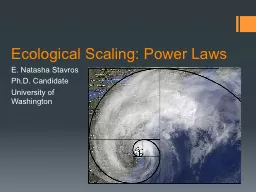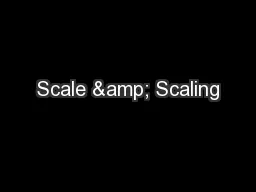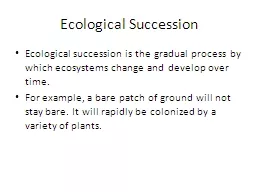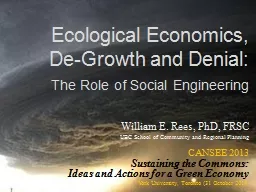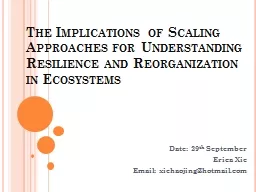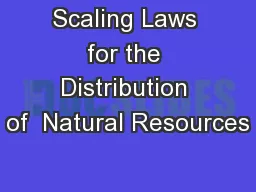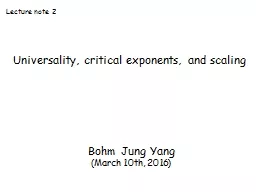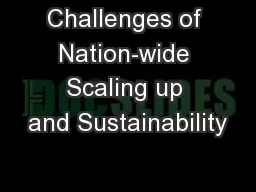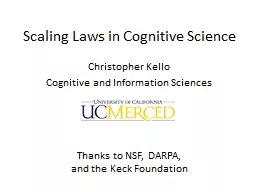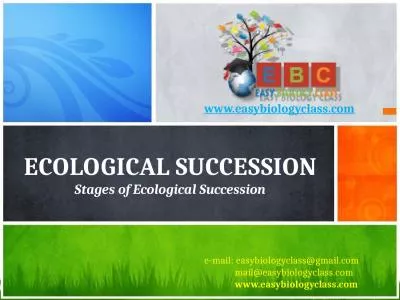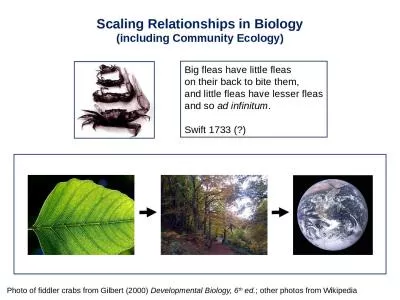PPT-Ecological Scaling: Power Laws
Author : cheryl-pisano | Published Date : 2018-01-05
E Natasha Stavros PhD Candidate University of Washington Who am I How did I get here BA in Mathematics at CU Boulder Minor Computer Science Taught Calculus Workshops
Presentation Embed Code
Download Presentation
Download Presentation The PPT/PDF document "Ecological Scaling: Power Laws" is the property of its rightful owner. Permission is granted to download and print the materials on this website for personal, non-commercial use only, and to display it on your personal computer provided you do not modify the materials and that you retain all copyright notices contained in the materials. By downloading content from our website, you accept the terms of this agreement.
Ecological Scaling: Power Laws: Transcript
Download Rules Of Document
"Ecological Scaling: Power Laws"The content belongs to its owner. You may download and print it for personal use, without modification, and keep all copyright notices. By downloading, you agree to these terms.
Related Documents

